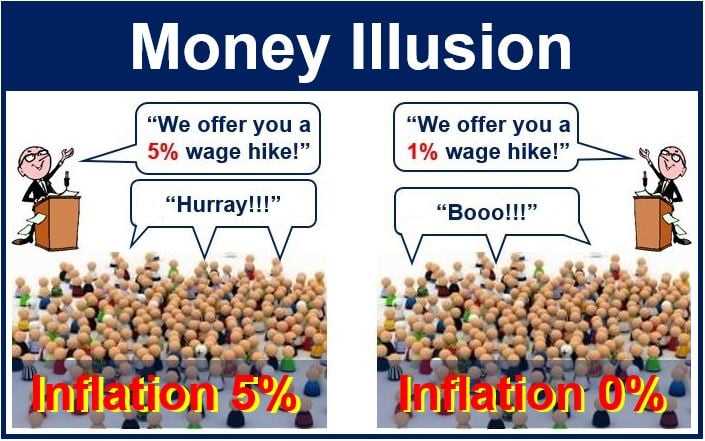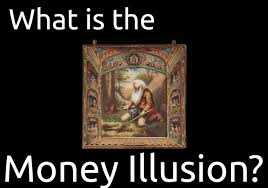The Origins and Evolution of Money Illusion

The concept of money illusion can be traced back to the early days of economics. One of the earliest mentions of money illusion can be found in the works of classical economists such as Adam Smith and David Ricardo. They recognized that people often make economic decisions based on nominal values, without taking into account the changes in the purchasing power of money.
Over the years, economists have conducted numerous studies to understand the origins and evolution of money illusion. They have found that money illusion is deeply rooted in human psychology and cognitive biases. People have a natural tendency to rely on simple heuristics and mental shortcuts when making decisions, and focusing on nominal values is one such shortcut.
Furthermore, the evolution of money illusion can be attributed to various factors, including the historical context and the development of monetary systems. In the past, when money was primarily in the form of physical currency, it was easier for people to perceive its real value. However, with the rise of digital currencies and complex financial instruments, the distinction between nominal and real values has become blurred.
| Pros | Cons |
|---|---|
| Money illusion can provide stability to the economy by smoothing out the impact of inflation. | Money illusion can lead to suboptimal decision-making and inefficient resource allocation. |
| It can help individuals feel wealthier and more confident, which can boost consumer spending. | Money illusion can mask the true value of assets and lead to mispricing in financial markets. |
| It can create a sense of fairness and equality in wage negotiations. | Money illusion can hinder individuals’ ability to plan for the future and make informed financial decisions. |
Real-Life Examples of Money Illusion

Money illusion is a cognitive bias that occurs when people mistakenly perceive changes in nominal prices as changes in real prices. This illusion can have significant effects on economic decision-making and can lead to suboptimal outcomes. To better understand this concept, let’s explore some real-life examples of money illusion.
| Example | Description |
|---|---|
| Salary Increase | Imagine you receive a 5% salary increase, but inflation is running at 6%. At first glance, it may seem like you are better off because your salary has increased. However, when you consider the higher cost of goods and services due to inflation, your purchasing power has actually decreased. This is a classic example of money illusion, where the nominal increase in salary masks the real decrease in purchasing power. |
| Price Changes | |
| Investment Returns | Investors often fall victim to money illusion when evaluating investment returns. For example, let’s say you invest $10,000 in a stock and it increases in value by 10% over a year. However, during the same period, inflation is running at 5%. If you only focus on the nominal return of 10%, you may think that your investment has performed well. However, when you consider the impact of inflation on the purchasing power of your investment, you will realize that the real return is only 5%. Ignoring the effects of inflation can lead to misguided investment decisions. |

Emily Bibb simplifies finance through bestselling books and articles, bridging complex concepts for everyday understanding. Engaging audiences via social media, she shares insights for financial success. Active in seminars and philanthropy, Bibb aims to create a more financially informed society, driven by her passion for empowering others.
